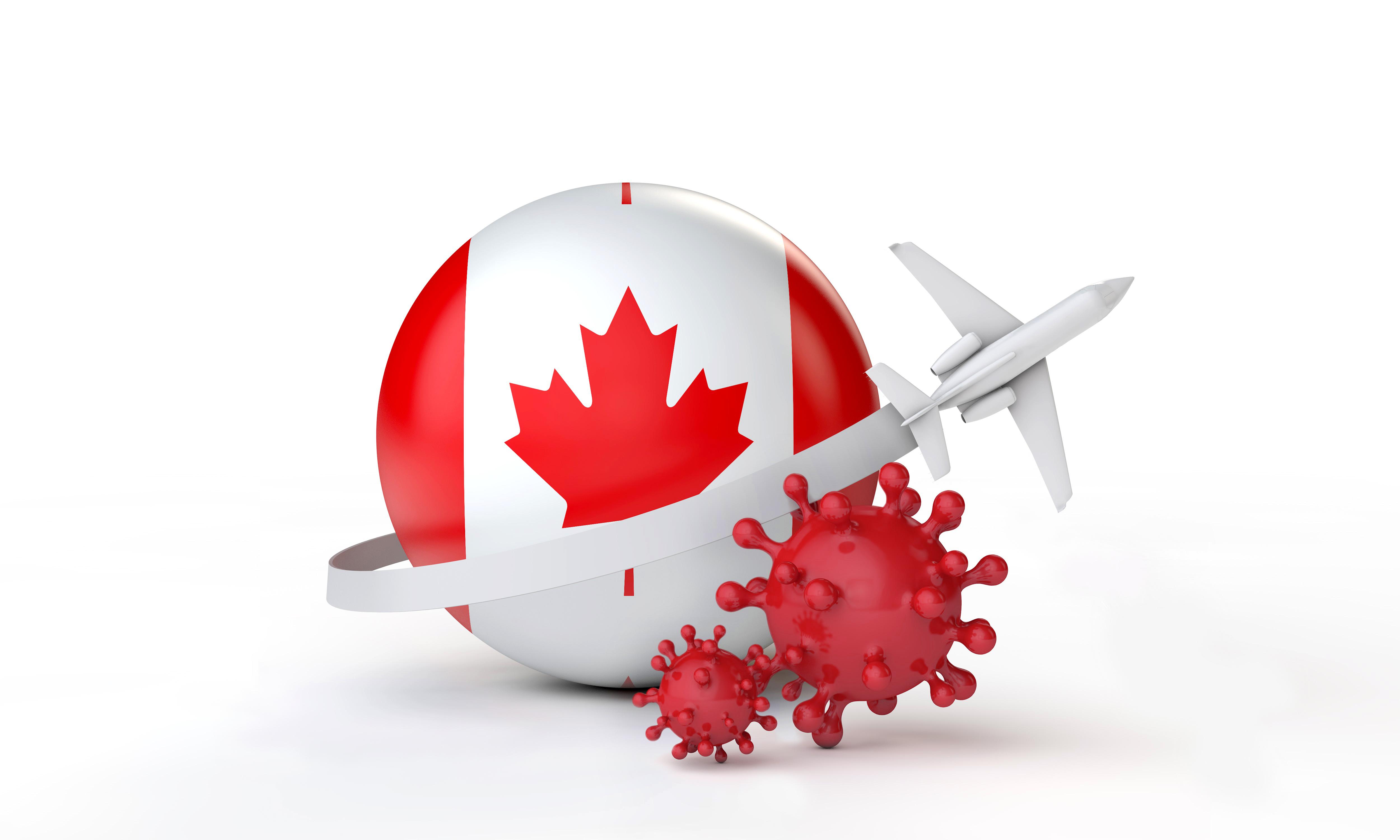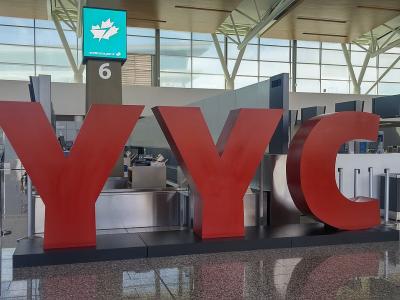
For business aircraft operators considering flying to Canada, there are a few more steps than before the COVID-19 pandemic broke out. For instance, as of Feb. 22, all travelers, arriving in Canada via air or ground, must report their travel plans and contact information, “including a suitable quarantine plan,” electronically via ArriveCAN before crossing the border or boarding a flight. Upon arrival at one of the four portals, travelers must take COVID-19 molecular tests, then go into quarantine for 14 days at a designated “quarantine hotel” or equivalent; toward the end of the confinement, a second COVID test is administered. With “limited exceptions,” air travelers are also required to reserve minimum three-night stays at government-authorized hotels.
So, the new Canadian visit routine is:
- Fly to one of four portal airports.
- Get a COVID-test upon arrival.
- Enter 14-day quarantine at a designated hotel or equivalent.
- Undergo a second COVID test; if negative:
- Conduct your business.
- Leave Canada.
While there are only four POEs accepting entering flights, the traffic levels at those fields still remain lower than normal. “Staffing is always a priority,” says Nav Canada’s Marie-Pier Berman, assistant vice president, ATS service delivery, “and we are ready to scale up at these facilities when necessary. Because the flights are so low, we are able to accommodate the incoming traffic.”
Berman’s advice to any non-Canadian operators willing to negotiate the Public Health Service’s obstacle course to get into the country is to “be informed before coming. Coming into those airports, do your research, make contacts with DOT or the airport authorities. They are operating generally normal. Some airports are still continuing to do construction, so runway closures are indicated by NOTAM.”
Going to other airports--again remember the Before Times when it was possible for a visiting aircraft to range all over the country as long as the operator didn’t commit cabotage--check with DOT because each province enforces different rules and COVID restrictions. “For example,” Berman speculates, “Manitoba requires 14 days quarantine. So if you come into Toronto, you have to quarantine there 14 days; then if you want to go to Manitoba, you may have to quarantine again 14 days when you get there. But this is not the case for every province, so it is important to check with DOT because each province has different rules. There are ‘isolation hotels’ to handle visitors who need to quarantine, and visitors must pay for this lodging. The government is recommending no ‘nonessential’ travel.”
Fee hikes are never popular, and Nav Canada, being a public-sector company, has to impose them periodically in order to make its nut. “In September, we increased the service charges by 29.5% over all rate levels,” Berman explains. “There is a payment deferral provision--allowing customers to defer charges--and the Nav Canada website has a fee schedule and a calculator. Our operating expenses are covered through service charges, and given the downturn in flight operations, they had to be raised. We also have done a lot of cost cutting, layoffs, early retirements, salary reductions, concessions with bargaining agents, reduction of all nonessential activities, and so forth. We could not offset the traffic reductions, so we had no choice but to do this. We lowered fees some years ago, so it does happen, and it will be reviewed when things get a lot better.”
Meanwhile, the commercial side of the Canadian aviation industry has been devastated. “Airports and airlines are under stress,” Norejko says. “It’s a very challenging time for recovery for them, so this could play into business aviation’s hands.”
Business Aviation in Canada
According to the Canadian Business Aviation Association, 1,900 business aircraft are estimated to be operational in Canada--although at a rate reduced as much as 30-40% due to the COVID-19 pandemic. Seventy-six percent of the fleet is fixed-wing, the remainder rotary-wing. Ontario leads the provinces with 504 based aircraft, followed by Alberta (419), Quebec (364) and British Columbia (288), with 316 aircraft distributed among the remaining provinces.
A related article describing other COVID-19 conundrums about flying into out of Canada during the pandemic can be found here.







Comments